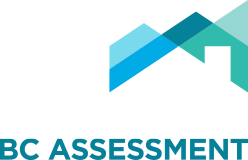Last updated: February 15,2023
This Fact Sheet is intended to provide property owners with an understanding of the assessment and taxation differences between Class 5 Light Industry properties and Class 6 Business and Other properties.
Which properties fall within Class 5 Light Industry?
Property used or held for extracting, manufacturing or transporting products, including ancillary storage, fall into Class 5. Examples of properties in Class 5 include: scrap metal yards, wineries and boat-building operations. Exceptions include properties used for the production or storage of food and non-alcoholic beverages, which fall into Class 6.
Which properties fall within Class 6 Business and Other?
Property used for offices, retail, warehousing, hotels and motels all fall within this category. Class 6 also includes any properties that do not fall into the other classes.
Can properties be placed in both classifications?
Yes, properties that have different distinct uses can fall into more than one class. For example, if a manufacturing property also housed the corporate head office, the classification would be split between Class 5 and Class 6 based on the value contribution of the components.
What are the tax implications for property owners relative to these property classes?
Commencing in January 2011, Class 5 properties received a credit equal to 60 percent of their school property tax. However, that benefit is being phased out so that by 2014, there will be no special credit for school taxes for Class 5 property.
Around the province, the municipal general tax rates for Class 5 may be higher or lower than Class 6 rates.
For information about property tax rates for the previous year, please visit the
Local government statistics page.
Current tax rates can be obtained by contacting your municipality.
Disclaimer: Where information presented is different from legislation, legislation shall prevail.

